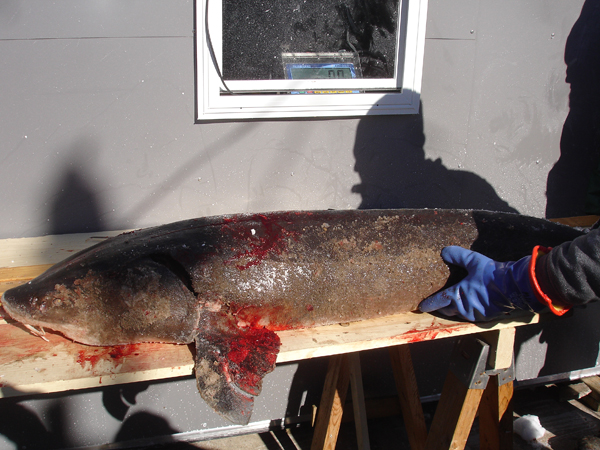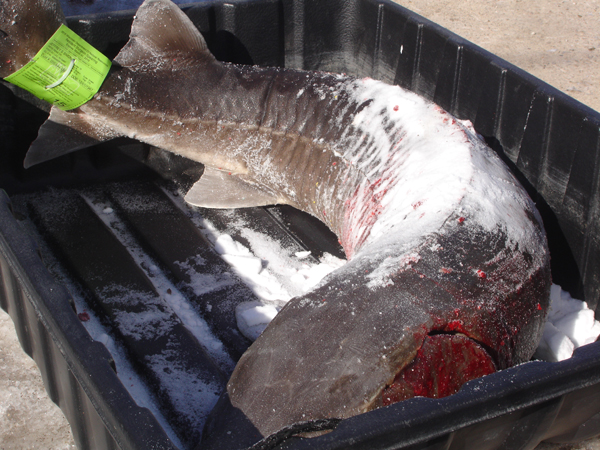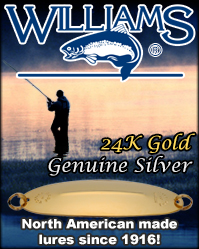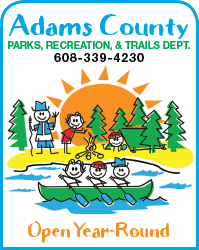Fencerows: Sturgeon Spearing Opener on Winnebago: Big Fish and Big Science
By John Luthens
I rolled into the Wendt’s marina sturgeon registration station in Van Dyne, Wisconsin on the western shore of Lake Winnebago, tentatively poking my head out of the truck to test the weather. The zero-degree marker of the Fahrenheit scale seemed to be the center of an election year struggle. The sun voted in favor of an upward swing while an icy breeze stubbornly voted the other way. It was a stalemate. Spring might be elected eventually, but not yet.
Still, it was opening day, and for many members of the Lake Winnebago community, the sturgeon spearing season is as much a part of February as Groundhog Day. It can be cold and bitter, but it is a welcome sign that the spheres of tradition are still turning in the right direction.
It was early and quiet. No fish yet. But I’ve learned that sturgeon spearing is a marathon and not a sprint. Far from simply being another day on the outdoor calendar, hours of research have gone into bringing to light another opener. Shanties have been fortified for months in advance. Areas have been scouted and water clarity and ice thickness have been debated in bait shops and watering holes from Fond du Lac to Winneconne.
Of course, the real waiting game is a patient vigil over a dark window in the ice, spears at the ready and the green of the water still and lifeless, waiting and watching for a dark shadow to cruise across the mud flat bottoms. Myself, I don’t have the fortitude, or perhaps the patience, to wait in a darkened shack, but I’ve come to appreciate the storied tradition. I’ve also come to appreciate the volunteers and researchers that make this Wisconsin opener unique in the outdoor world.
I’d arranged to meet professor Memuna Khan, along with a group of her Vertebrate Zoology students from Ripon College. Their timing was impeccable. They arrived just as the first open tailgates began rolling off the ice plain before us. The group was braving the weather with smiles on their faces, prepared to get a first hand view of the anatomy of a fish that is considered a living fossil.

A Lake Winnebago sturgeon is measured at the Wendt’s registration station.

A tagged sturgeon awaits registration.
The Ripon students are pursuing various biological paths, from veterinary medicine to wildlife ecology. In the course of their studies they undergo hands-on field training ranging from prairie ecology to bluebird decline and migration habits. And on this particular opening day, the harvesting of a sturgeon was a science lab waiting to happen.
Professor Khan explained the similarity of a sturgeon’s tail, lack of vertebrae, and bony back plates in relation to that of a shark, with the students asking registration representatives questions on the mouth structure and sensory habits of the fish, as well as specific food-chain effects of zebra mussels, gizzard shad and lake fly larvae on the reproduction and growth rate of Lake Winnebago sturgeon.
The Winnebago system contains the largest sturgeon population in the world. While many other fisheries have been decimated by overharvest and poaching, the quality and health on Winnebago and the upriver lakes has consistently improved, due in large part to the biological research and volunteer hours put into protecting the resource.
“This is wonderful example of a conservation success story,” Khan said. “Opening day of sturgeon season gives the students a great opportunity in the field, and they end up learning a lot from the registration staff. Some of them have never been out on the ice before, and this is one of the greatest places there is to get that chance.”
Photos were snapped. Questions and stories of battle circulated through the registration crowd. Kaitlyn Windschitl, another student researcher from Northland College in Ashland, Wisconsin, hoisted fish for weighing and measuring while patiently answering questions from onlookers and media writers.
Kaitlyn is finishing her degree in biology and natural resources with an emphasis on fisheries and wildlife ecology and management. She has made the southern pilgrimage to Lake Winnebago for the last four years, volunteering at several different registration stations along the lake system.
“It’s a unique opportunity for field experience,” said Windschitl. “It’s about working with the fish, but maybe more important, it’s about getting out and networking with other researchers, answering questions from people, and learning the public relations side of a natural resources career.”
As it approached the noon hour, more fish and more stories began streaming in. When the research has been done, and if the odds of fortune shine, the hours and days of careful study can pay massive dividends. That’s when the patient, marathon flip into a sprint. All of the preparation is thrown into the span of a battle that is counted in heartbeats. Chairs are tossed against the walls and water sprays to the roof of the shanty.
The end result may be an ancient and awesome breed of fish writhing on the ice. But thanks to the biologists and volunteers, perhaps the real payoff is that another opening day can be securely registered into the log books of a rich history.
John Luthens is a freelance writer from Grafton, Wisconsin. His first novel, Taconite Creek, is available on Amazon or at www.cablepublishing.com or by contacting the author atLuthens@hotmail.com












